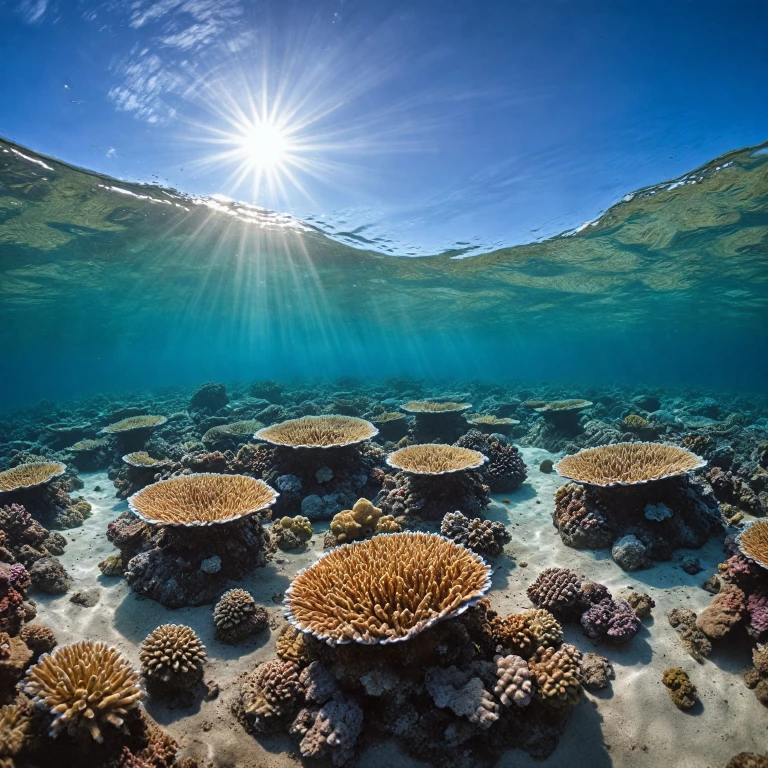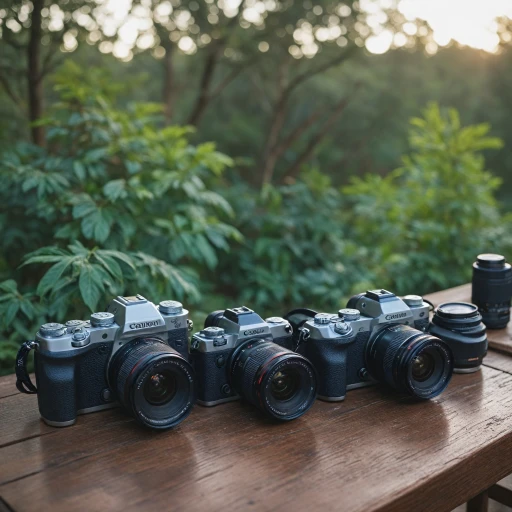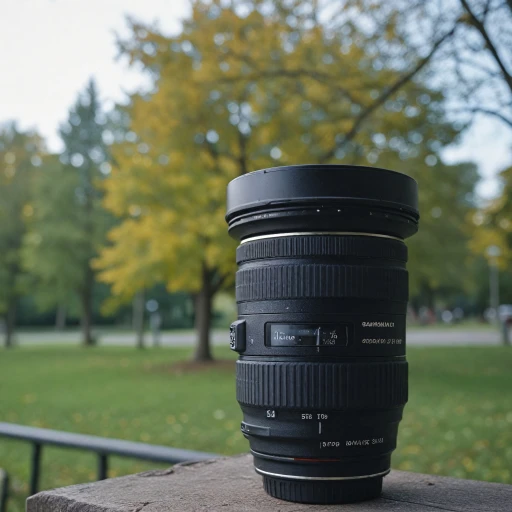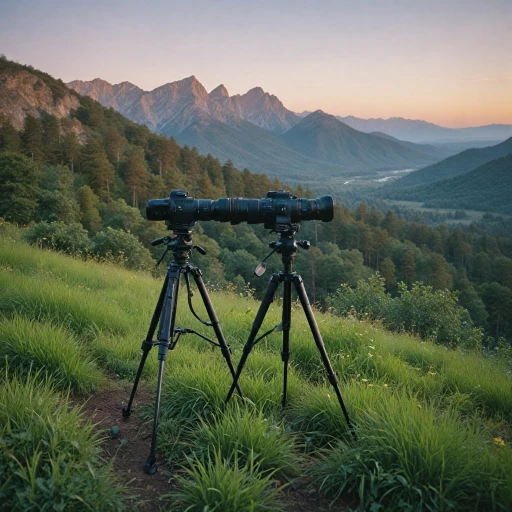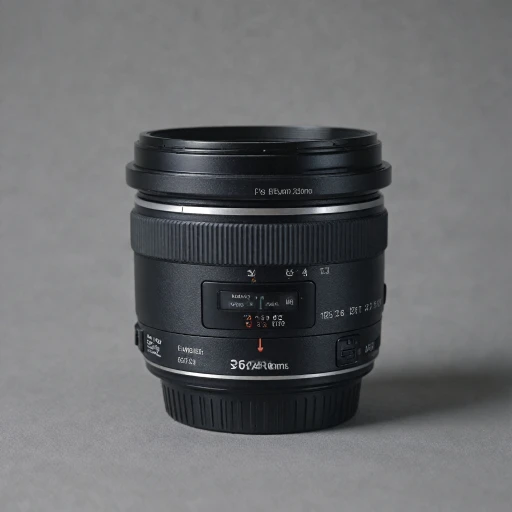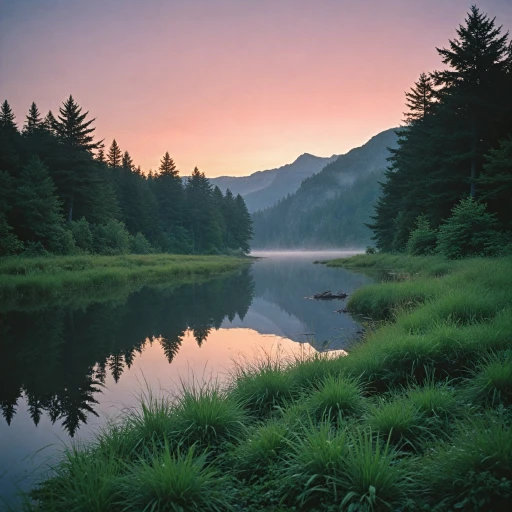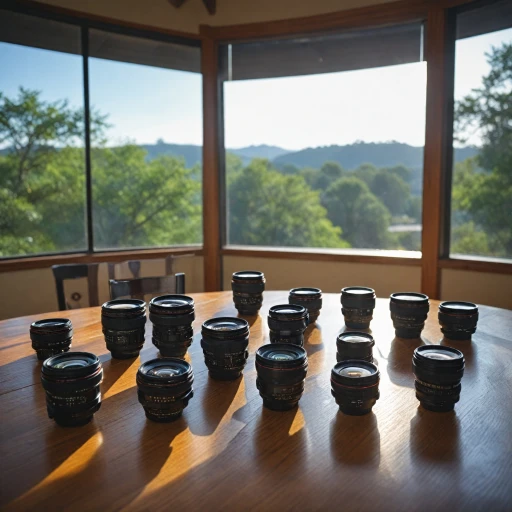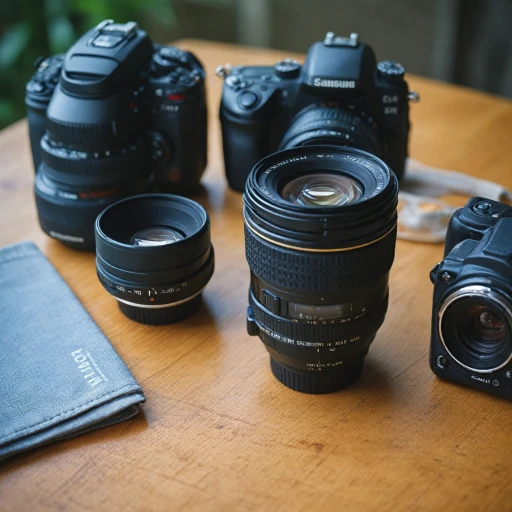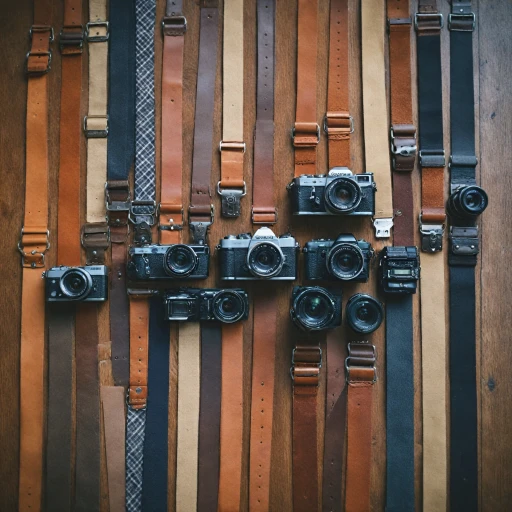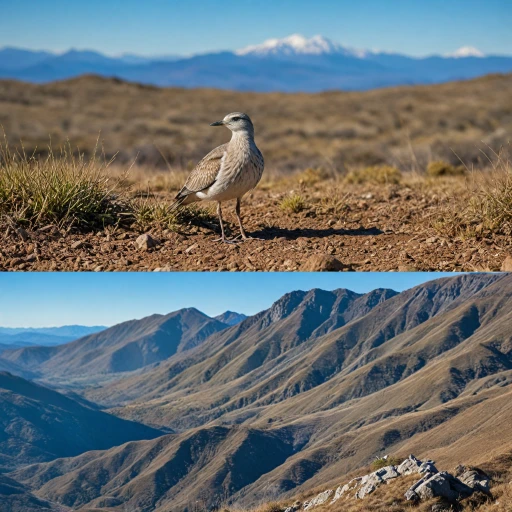
Understanding the Fish Eye Lens
The Basics of Fisheye Technology
When one ventures into the captivating domain of wide-angle photography, the fisheye lens stands out as a unique tool that offers an unparalleled perspective. Initially developed as a scientific instrument, this type of lens has found its way into the mainstream due to its unique ability to capture a vast field of view—sometimes up to 180 degrees, providing a spherical look at the world. This ultra-wide capability alters the typical rectangular frame into something akin to looking through a fish's eye, making photography and videography an entirely different experience.
A Unique View
Unlike traditional camera lenses or even typical wide-angle lenses, fisheye lenses are designed to deliberately produce a strong visual distortion intended to create wide panoramic or hemispherical images. This feature makes the fisheye lens a favorite among photographers seeking to capture expansive landscapes, skyscapes, or creative shots where distortion can add to the image's narrative. Companies like Canon and others in the industry manufacture several options, from circular fisheye lenses to full-frame variations, giving enthusiasts and professionals alike opportunities to select an angle lens that suits their specific aesthetic goals.
Technical Aspects to Consider
A fisheye lens does more than distort images; it opens a new dimension of creative possibilities by allowing a radically different perspective. Many such lenses fall into the category of ultra-wide, with a focal length that is significantly shorter than that found in standard zoom lenses. For example, while a general zoom lens could range from 18-55mm, a fisheye might be around 8mm to 10mm depending on whether it's designed for full-frame or crop sensor cameras. Such differences underscore the importance of understanding the technical specifications that accompany these unique lenses.
Whether you're capturing still photos or lively video, understanding the lens's field of view and reviewing customer reviews can ensure it aligns with your creative intentions. Additionally, some modern action cameras, like the GoPro Hero, have incorporated fisheye technology into their video stabilization features, further demonstrating the versatility and innovative applications of this fascinating tool in the realm of digital photography.
Applications in Photography
Exploring the Artistic Possibilities
When you start diving into the artistic realm of photography, fisheye lenses reveal an intriguing array of applications. These unique lenses are designed to create extreme wide views, providing a 180-degree angle frame that adds an artistic flair to a variety of image and video captures. Whether you're snapping photos with a full-frame camera, a film camera, or using action cameras like the GoPro Hero, fisheye lenses deliver a distinct twist.Dynamic Architecture and Landscape Shots
Many photographers are particularly drawn to the ability of fisheye lenses to exaggerate perspective. This results in compelling architectural and landscape photos that offer more dramatic depth. A wide-angle lens lets you capture vast, sweeping vistas in a single frame, giving viewers a sense of place that transports them hundreds of miles away.Immersive Sports and Action Photography
Fisheye lenses are not just for still images; they bring a lot to the table in the world of video as well. The ultra-wide field of view provided by a circular fisheye lens is great for capturing energetic sports scenes, offering a level of detail that standard zoom lenses struggle to achieve. Combined with video stabilization features, fisheye lenses can create smooth, engaging action videos.A Fresh Perspective on Portraits
While not traditionally used for portraiture, fisheye lenses present an opportunity to break conventions. Creative photographers utilize them to add fun and quirkiness to photos, creating visually engaging portraits that capture the viewer’s eye. However, the challenge here is to manage distortion effectively to maintain the subject's integrity.Underwater Adventures and Astrophotography
For those interested in underwater exploration, fisheye lenses can significantly enhance photography. They enable a broad field view that captures aquatic life in a way regular lenses cannot. In astrophotography, fisheye lenses are employed to capture expansive night skies with breathtaking clarity. To delve deeper into the attributes and functionality of these fascinating lenses, consider checking out more about the Canon RF 16mm f/2.8 lens, valued for its excellence in transforming ordinary views into extraordinary images.Choosing the Right Fish Eye Lens
Factors to Consider When Selecting Your Lens
Choosing the right fisheye lens can significantly impact the quality of your photography, providing you with the desired wide-angle view and unique effects. Here are several factors to keep in mind while making your decision:- Focal Length: Fisheye lenses typically come with varying focal lengths, which affects the angle of view. Decide between a full-frame or circular fisheye lens depending on your intended style of photography. Full-frame options generally occupy the entire frame, providing more versatility, whereas circular lenses create a rounded image within the frame.
- Camera Compatibility: Ensure compatibility with your camera body, whether it's a DSLR, mirrorless, or even an action camera like the GoPro Hero. Full-frame cameras may require different fisheye lenses compared to those on film cameras.
- Build Quality: Look for lenses crafted from durable materials, especially if you plan on using them frequently in outdoor photography. Sturdy construction will safeguard your gear against environmental elements.
- Reviews and Feedback: Customer reviews offer insights into the real-world performance of lenses, highlighting strengths and possible drawbacks. Look for feedback on features such as video stabilization or image quality.
- Price and Budget: High-quality fisheye lenses can range significantly in price. Analyze your budget constraints while balancing quality and functionality.
- Additional Features: Consider whether the lens comes with options like built-in filters or audio capabilities for video recording. These add-ons can enhance your creative possibilities.
Finding the right fisheye lens can transform your photographic portfolio, whether you're shooting landscapes, architecture, or experimental art photos. For photographers aiming to enhance their photography toolkit, understanding how to use tools like a Sekonic light meter can further improve your capture technique and image outcomes.
Techniques for Capturing Stunning Images
Mastering Techniques for Eye-Catching Photos
Capturing stunning images with a fisheye lens can be an exhilarating experience, but it requires an understanding of several innovative techniques. These techniques can transform a standard capture into a unique masterpiece reflecting the broad world of photography. To begin, embracing the expansive field of view offered by your lens is crucial. Fisheye lenses typically provide a 180-degree angle view, allowing photographers to engage with the extraordinary circular effect. Keeping this in mind, the positioning of your subject is critical. Ensuring your focal point lies at the center of your composition minimizes unwanted distortion and enhances the subject’s prominence, providing a clearer, more captivating image. Moreover, it's important to play with perspective and angles. With such a wide reach, experimenting with unusual angles can create dramatic compositions that pull the viewer into the scene. Simultaneously, integrating framing techniques using natural elements can help direct the viewer's eye effectively within the frame, highlighting essential elements. To elevate your imagery further, implementing filters can add an extra dimension to your photos. Neutral density filters, for example, can help manage exposure in bright conditions, enabling you to capture sharper details. Additionally, creative use of color filters can enhance mood and set a particular tone, enhancing the visual impact of your image. Finally, don’t shy away from video applications. Fisheye lenses are highly effective in video stabilization and offer a dynamic sense of movement that is perfect for action cameras like the GoPro Hero. The blend of video and audio can bring your storytelling to a whole new level. By exploring these techniques, photographers can utilize fisheye lenses to their full potential, capturing images that are both expressive and memorable. Engaging in practice and thoughtful exploration will yield rich results.Post-Processing Fish Eye Photos
Refining the Fisheye Effect
Capturing a scene with a fisheye lens presents a unique set of challenges. The iconic curvature, embracing a broad field view, lends itself to dramatic images. However, post-processing is crucial in turning these distinctive photos into compelling works of art.Software for the Job
Whether you're an enthusiast or a professional photographer, there are several software options designed to help you adjust images captured with a fisheye lens. Popular options include Adobe Photoshop and Lightroom, both of which provide powerful tools to correct lens distortion and enhance image quality. Additionally, the open-source software GIMP offers similar capabilities for those seeking free alternatives.Tips for Post-Processing Success
- Distortion Correction: While the wide angle of a fisheye lens is part of its charm, sometimes you'll want to reduce the distortion for a more realistic viewpoint. Both Lightroom and Photoshop have lens correction features that can straighten curved lines.
- Color and Exposure Adjustments: Fisheye photos often need fine-tuning in terms of brightness and color to ensure that the wide array of tones are captured accurately. Play around with sliders in your editing software to achieve the desired effect.
- Crops and Composition: The circular fisheye effect can result in excess angles at the edges of your photos. Consider cropping your images to focus on the central subject, enhancing the overall composition.
Preserving the Unique Look
While editing, it's important to preserve the unique characteristics that make fisheye lenses special. Maintaining the natural wide angle view while enhancing the image can be a delicate balance, but it's key to ensuring your photography stands out.Adapting to Video Needs
If you're using action cameras like the GoPro Hero, which often features ultra wide angle capabilities, video stabilization and careful post-editing become paramount. This ensures smooth, immersive videos that allow viewers to explore the world through your lens. Using audio and video editing tools together can further enhance the storytelling aspect of your shots. Reflecting on other sections on applications and techniques, seamless post-processing aligns with producing stunning, eye-catching images and videos, making your fisheye photography truly shine.Common Challenges and Solutions
Overcoming Common Obstacles in Fish Eye Photography
Using a fisheye lens can be captivating but also challenging. Here are some frequent hurdles and ways to tackle them for capturing those unique, ultra wide-angle images:- Distortion Management: The inherent distortion is part of the fisheye’s charm, but when it overpowers your vision, it can be tricky. To manage distortion, try framing your subjects dead center for lesser warping effects on the periphery.
- Maintaining Focus: Because fisheye lenses often have a wide depth of field, keeping subjects sharply in focus is generally easier, but can be tricky with faster moving subjects. Practice adjusting your focus on the field view to perfect your shots.
- Light Flare Challenges: Due to the lens's wide angle and bulging glass, capturing stray light is a common issue. Consider utilizing lens hoods or filters designed for fisheye photography to mitigate unwanted light flares.
- Handling Full Frame Coverage vs Circular: Full frame fisheye lenses provide a comprehensive field without a black border, while circular fisheyes give a more encapsulated look. Familiarizing yourself with both types lets you strategically choose the desired impact for your photos or videos.
- Camera Stability: While not exclusive to fisheye lenses, achieving video stabilization in wide-angle video can enhance your footage, especially with action cameras like the GoPro Hero. Nonetheless, ensure that the camera remains stable regardless of the gear used.
